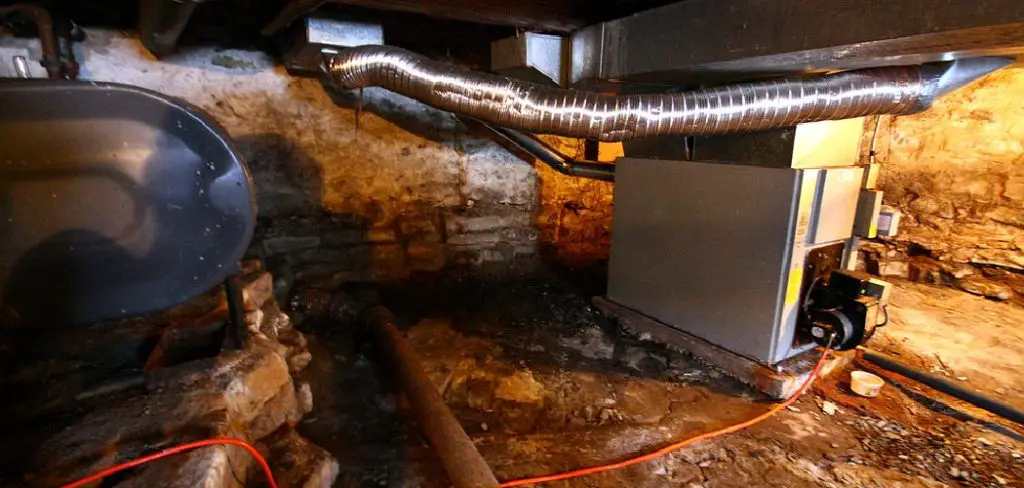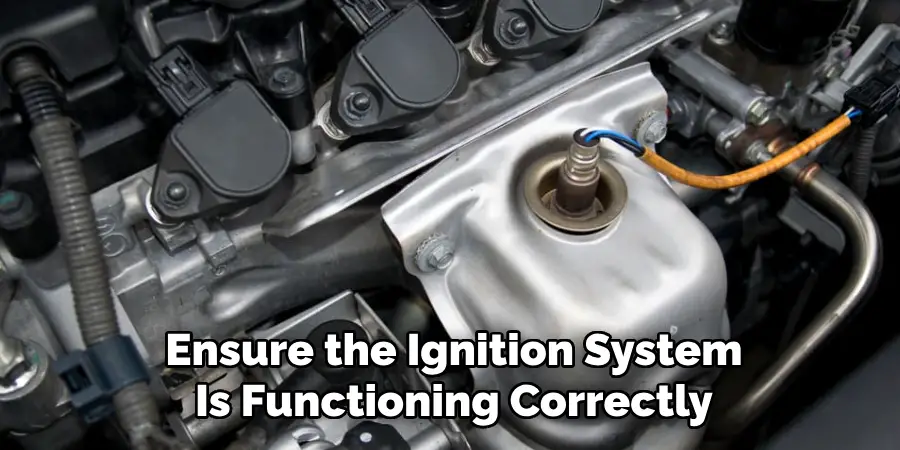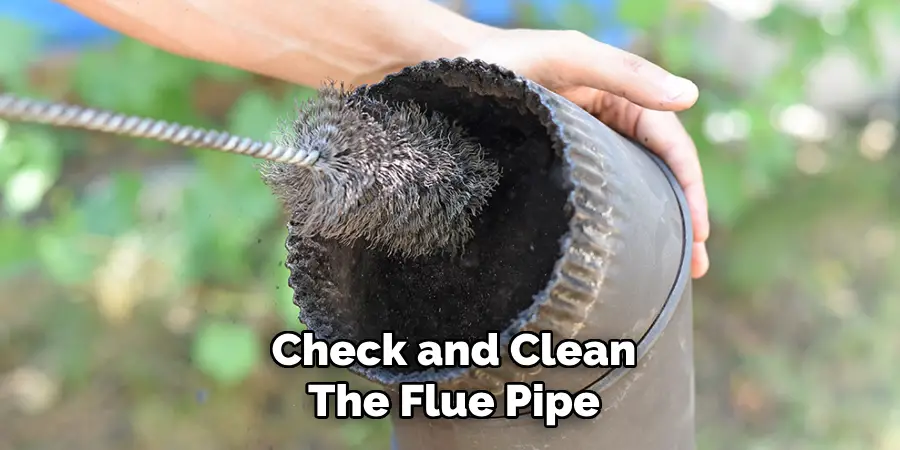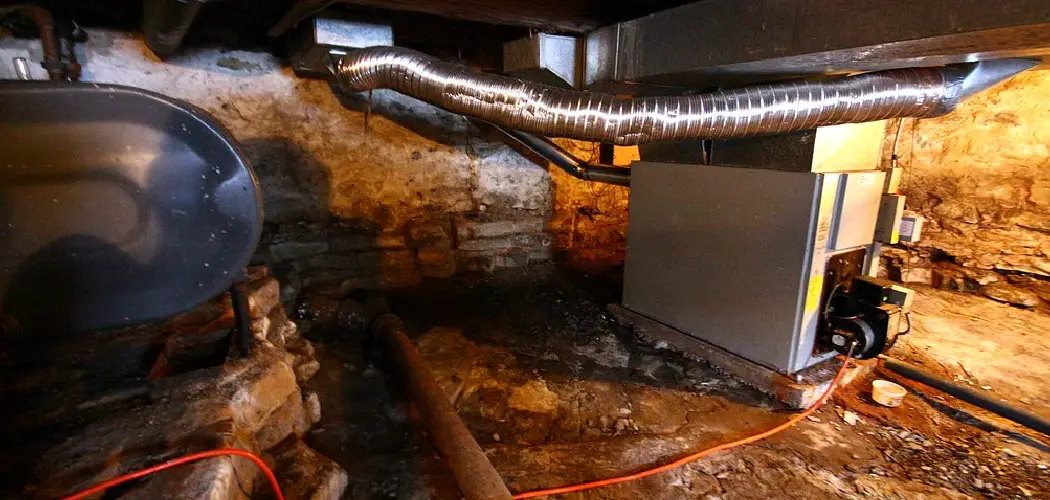Servicing an oil furnace is essential to ensure efficient operation and prolong the lifespan of the system. Regular maintenance not only helps prevent unexpected breakdowns but also enhances energy efficiency, which can lead to significant savings on heating costs.

In this guide on how to service oil furnace, we will walk you through the fundamental steps to effectively service an oil furnace, covering everything from initial inspections to necessary repairs and adjustments.
Whether you are a homeowner looking to perform basic maintenance or a novice technician seeking to expand your knowledge, this document will provide you with the essential insights needed for proper oil furnace servicing.
Why is Servicing an Oil Furnace Important?
Servicing an oil furnace is crucial for several reasons:
Safety:
Regular maintenance helps identify potential hazards such as carbon monoxide leaks or faulty electrical connections, ensuring the safe operation of the system.
Efficiency:
Proper servicing improves the efficiency of the oil furnace, leading to lower energy consumption and reduced heating costs.
Prolonged lifespan:
Regular maintenance can help extend the life of an oil furnace by identifying and addressing potential issues before they become major problems.
Pre-Service Inspection
Before performing any maintenance or repairs on an oil furnace, it is essential to conduct a thorough inspection of the system. Here are some key areas to pay attention to during pre-service inspections:
Air Filter:
Check and clean or replace the air filter if necessary. A clogged air filter can restrict airflow and reduce the efficiency of the furnace.
Combustion Chamber:
Inspect the combustion chamber for any signs of damage or corrosion. If there are any visible issues, they should be addressed before proceeding with servicing.
Ignition System:
Ensure the ignition system is functioning correctly by testing it and replacing any faulty components if necessary.

Oil Tank Level:
Check the oil tank level and top up if needed to avoid running out of fuel during use.
7 Simple Step-by-step Guidelines on How to Service Oil Furnace
Step 1: Turn off the Power
Before you begin servicing your oil furnace, it is crucial to ensure that the power is completely turned off. Locate the power switch or circuit breaker that supplies electricity to your furnace and switch it off. This step is vital to prevent any electrical hazards, ensuring that you can work safely without the risk of electric shock.
Additionally, it is advisable to disable the thermostat to prevent the furnace from turning on inadvertently while you are conducting maintenance. Always prioritize safety first when working with any heating system.
Step 2: Clean the Combustion Chamber
Once the power has been turned off and you have ensured safety, the next step is to clean the combustion chamber. This area is critical for the efficient operation of your oil furnace, as it is where fuel combustion occurs. Begin by removing any access panels to reach the combustion chamber. Use a vacuum or a soft brush to remove soot, debris, and any buildup that may have accumulated. Pay close attention to the burner nozzle and flame retention head, ensuring they are free from obstructions.
After cleaning, inspect the chamber for any signs of damage or wear. If you notice excessive corrosion or cracks, it may be time to consult a professional technician for further evaluation. Once the chamber is clean and inspected, replace the access panels securely before moving on to the next step.
Step 3: Check and Clean the Flue Pipe
After servicing the combustion chamber, the next step is to check and clean the flue pipe. The flue pipe is vital as it directs exhaust gases from the furnace out of your home, ensuring proper ventilation and safety. Begin by inspecting the flue pipe for any signs of blockages, damage, or corrosion. If there are any obstructions—such as debris or soot buildup—carefully remove them using a brush or a vacuum designed for this purpose.

It’s important to ensure that the pipe is clear to facilitate proper airflow and prevent the risk of carbon monoxide buildup. Additionally, check the connection points to verify they are secure and tight. After cleaning and inspecting the flue pipe, reattach any covers or panels, ensuring everything is in good condition before proceeding to the next step.
Step 4: Clean the Air Filter
As mentioned in the pre-service inspection section, a clean air filter is crucial for the efficient operation of an oil furnace. Begin by locating the air filter, typically found near the blower motor or in front of the return duct. If reusable, remove it and wash it carefully with warm, soapy water, then allow it to dry completely before reinstalling.
If disposable, replace it entirely with a new one. Neglecting to clean or replace a dirty air filter can lead to restricted airflow and cause unnecessary strain on your furnace’s components.
Step 5: Check and Adjust the Fan Belt Tension
The fan belt plays a critical role in the operation of your furnace, transferring power from the motor to the blower. It is essential to ensure that the belt has proper tension for efficient functioning.
Begin by locating the fan belt and checking its tension by pressing down on it with your finger; it should have a slight give but not be too loose. If needed, adjust the tension using the adjustment screw or replace it entirely if excessively worn or damaged.
Step 6: Inspect and Clean Blower Components
The blower assembly is another vital component in an oil furnace that requires regular maintenance. Start by removing any access panels to access the blower assembly. Use a vacuum or a soft brush to remove any debris or buildup on the blades, motor, and housing.

Additionally, check for any signs of damage or wear on these components; if found, they should be addressed before reassembling the blower assembly.
Step 7: Restart the Furnace
After completing all the necessary maintenance tasks, it’s time to restart your furnace. Begin by turning on the power at the circuit breaker and disabling any safety switches you may have turned off earlier. Then, switch on the thermostat and set it to “heat” mode with a temperature setting higher than room temperature. If everything is done correctly, your furnace should start up and begin heating your home efficiently.
Following these simple steps on how to service oil furnace regularly can help maintain the efficiency and longevity of your oil furnace, keeping it running smoothly for years to come. Remember to always prioritize safety by turning off the power and following proper precautions when conducting any maintenance on your heating system.
If you encounter any issues or are unsure about any steps, it is best to consult a professional technician for assistance. So, regular servicing of an oil furnace is crucial for its efficient functioning and ensuring a safe home environment for you and your family.
Frequently Asked Questions
Q: How Often Should I Service My Oil Furnace?
A: It is recommended that your oil furnace is serviced at least once a year or before the start of the heating season. Regular maintenance can help prevent potential issues and ensure efficient operation. You may also opt for a maintenance plan with a professional technician for peace of mind and convenience.
Q: Can I Service My Oil Furnace Myself?
A: While some basic maintenance tasks can be done by homeowners, it is always best to consult a professional technician for a thorough inspection and servicing of your oil furnace. They have the necessary knowledge, experience, and equipment to ensure the job is done correctly and safely.
Q: What Happens If I Neglect Servicing My Oil Furnace?
A: Neglecting regular service and maintenance of your oil furnace can lead to decreased efficiency, higher energy bills, and even potential safety hazards such as carbon monoxide leaks. It may also result in costly repairs or the need for a premature replacement of your furnace.

Q: How Can I Tell If My Oil Furnace Needs Servicing?
A: Some signs that your oil furnace may need servicing include strange noises, inconsistent heating, and increased energy bills. It is also recommended to schedule regular maintenance, even if everything seems to be working fine, as preventative measures can help avoid potential issues in the future.
Conclusion
In conclusion, regular servicing of your oil furnace is essential to ensure its efficiency, prolong its lifespan, and maintain a safe environment in your home. By following the outlined steps on how to service oil furnace—from turning off the power to carefully cleaning and inspecting crucial components—you can identify potential issues before they escalate, ultimately saving you time and money on repairs. Remember, prioritizing maintenance not only enhances the performance of your furnace but also contributes to your family’s safety and comfort during the colder months.
Should any uncertainties arise during the servicing process, don’t hesitate to reach out to a professional technician for expert advice. Regular attention to your oil furnace will yield significant benefits, providing reliability and warmth for years to come.

